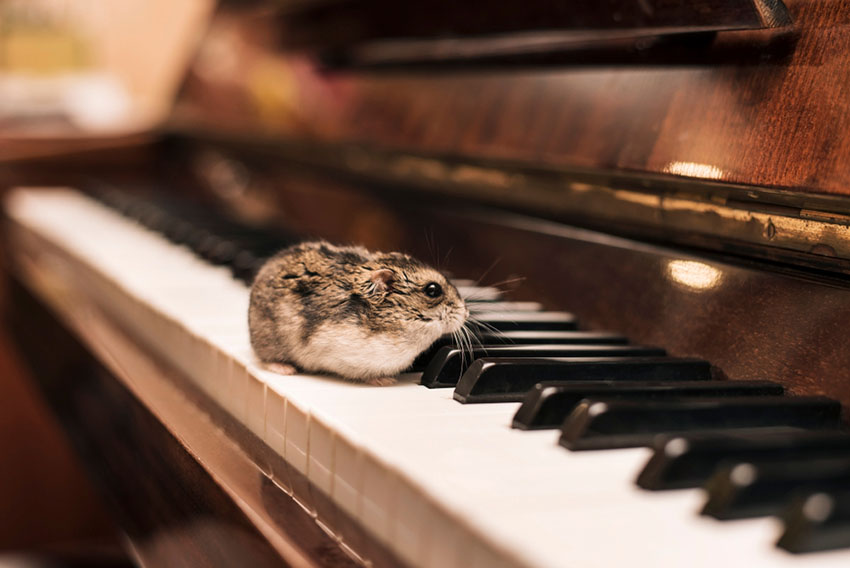Hamster-proofing a house may sound a bit over-dramatic. But they can easily squeeze into nooks and crannies that look as if they couldn’t possibly be accessed by anything as big as a hamster. The rodents are also excellent climbers and burrowers, and their sharp teeth can chew and gnaw furniture and soft furnishings alike, if given a chance.

Hamsters love exploring
It’s best to restrict a free-ranging hamster to a certain area outside the cage rather than attempting to hamster-proof the entire room. Hamsters will burrow into chairs and sofas, hide under furniture, nip through holes in floorboards or skirting boards, and simply ‘disappear’ when you’re not looking.
One option is to make a little playpen-like space where hamster and human can mingle. You could simply build a temporary wall of cardboard or other objects - just make sure that the makeshift wall can’t fall on your pet! Cardboard isn’t the most obvious material, as hamsters can chew through in seconds, but for a temporary playpen, with you (or another responsible person) keeping a close eye on things, you can prevent nibble-powered mishaps!
As ever, stay with your hamster during these out-of-cage experiences, and keep other pets away.
Comments
There are no comments just yet